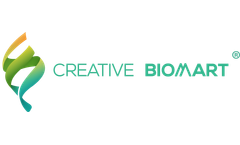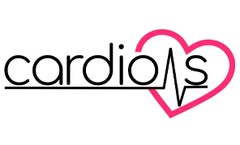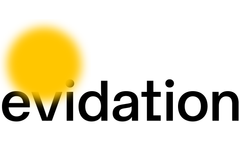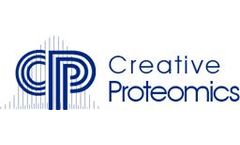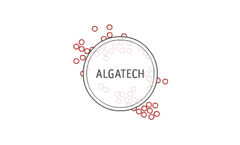Cardiovascular Information System Articles & Analysis
14 articles found
Understanding the Cardiovascular System The cardiovascular system comprises the heart, arteries, veins, and capillaries, which work together to transport oxygen and nutrients throughout the body. ...
In the competitive world of sports, where pushing boundaries and achieving peak performance are the norms, one crucial element is often overlooked: heart health. The importance of regular electrocardiogram (ECG) monitoring, particularly using mobile ECG devices, cannot be emphasized enough. Here’s why integrating mobile ECG technology into your sports routine is essential for ...
ByPanonIT
IntroductionNatural lipids, also known as healthy fats, play a crucial role in maintaining our overall health and well-being. These essential components are found in various foods and have been extensively studied for their numerous benefits. In this article, we will delve into the world of natural lipids, exploring their importance, sources, and the positive impact they have on our bodies. What ...
ByMatexcel
This holiday season, Americans will consume around 87 million turkeys. And after they gobble down their turkey dinners, they might experience post-meal sleepiness. Often, people blame turkey as the cause. But does turkey actually make you tired? Why? What's in it? And what other factors are at play? In today’s article, we’ll break down the health myth of whether eating ...
What Are Phytochemicals? Phytochemicals are natural compounds that have only been discovered so far and are natural food pigments. The human body is unable to produce them and must obtain them from food. Soy isoflavones in soybeans, lycopene in tomatoes, catechins in green tea, carotenoids in carrots, zeaxanthin, polyphenols, etc., are all phytochemicals. Classification and Functions of Common ...
Reciprocal neural connections with several of these brain areas serve as a control center that responds to new information (stimulus) with appropriate adaptive feedback for modulation. The vagus nerve has four vagal nuclei that provide key controls to the cardiovascular, respiratory, and alimentary systems with respective neurotransmitters. It ...
Cardiovascular diseases (CVDs) cause 17 million deaths globally every year, making it the leading cause of death around the world. The cardiovascular system—which includes your heart and blood vessels—distributes oxygen through the body and removes waste. Every cell in the body depends on this process to run smoothly. Your cardiovascular system plays a key role in your overall ...
The risks associated with thermal deficits or excess are significant, potentially causing adverse effects on the cardiovascular system, inducing respiratory failure or cerebral depression. ...
One of the most pressing questions consumers have is, "What supplements do I need to take daily?" The answer should be simple, start with a strong foundation. Just as if you were building a home, you would first pour a strong foundation in which to build on. The same holds with taking dietary supplements. The four areas of supplementation consumers need fall into these categories: Antioxidant(s), ...
ByAlgatech
Good News for Cancer and Heart Disease Patients: US Nuclear Partner Achieves Critical Milestone Proving New Way to Fill Multi-Billion/Year Shortage of Radioisotopes for Diagnostics and Treatments The National Academies of Sciences, Engineering and Medicine warns about severe shortages of radioisotopes that are required to non-invasively diagnose heart disease, cancer, other health issues, and ...
Abstract Cardiovascular disease is the number one cause of death in the United States. Deployment of stents and vascular grafts has been a major therapeutic method for treatment. However, restenosis, incomplete endothelialization, and thrombosis hamper the long term clinical success. As a solution to meet these current challenges, we have developed a native endothelial ECM mimicking ...
Engineered single-walled carbon nanotubes are a new class of synthetic compounds in the nanometric scale, with unusual chemical and physical characteristics, which make them a very promising material in different industrial and biomedical fields. Their use is predicted to increase exponentially in the next few years. Given their similarity to the ultrafine component of air pollution, there is ...
As science unravels the genetic basis of disease, the opportunities offered by pharmacogenetics and pharmacogenomics (PGx) for future healthcare become more and more apparent. The objective of this paper is to analyse the current state of PGx research and explore future strategies for more efficient research projects and supportive infrastructures. Based on internet searches and an online survey ...
The purposes of this research were: (1) to carry out the comparative evaluation of indices of the morphofunctional condition of the cardiovascular system (CVS) in patients with arterial hypertension (AH) exposed to ionizing radiation, taking into account the occurrence of peripheral arterial atherosclerosis and the spread of traditional risk factors of cardiovascular diseases (CVD); (2) to ...

